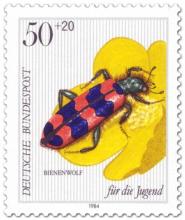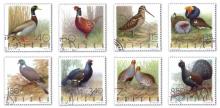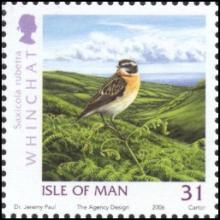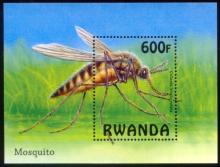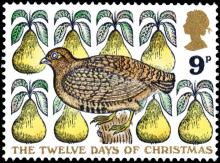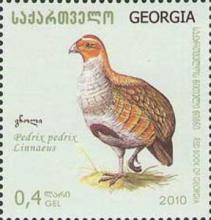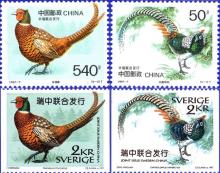
There is continuing debate about the impact of agricultural practices on farmland wildlife. In particular, it has been postulated that a general decline in insect abundance linked with intensification of agriculture may have contributed to farmland bird decline. While some autecological studies have supported this hypothesis, larger-scale and long-term studies are needed.
• Suction traps mounted on 12·2-m towers (Rothamsted-type) have been sampling aerial insects for nearly 40 years throughout the UK. Their catches are correlated over large spatial scales. We analysed insect catch data from a single suction trap run for 27 years in a rural location in Scotland, and showed that insect numbers have changed significantly over time, although non-linearly. The multivariate data set (numbers from the 12 common arthropod groups) was summarized using principal components analysis (PCA) to extract three components explaining 62% of the variation.
• We also used PCA to describe agricultural change, using published agricultural data for eight measures of farming in Scotland. Arthropod abundance and principal component (PC) scores were significantly related to the agricultural PC scores as well to summary climatic measures.
• Using Scottish data from the British Trust for Ornithology Common Birds Census, we extracted three PC to describe the time-dependent average densities of 15 common farmland birds in Scotland. Measures of bird density were significantly related to insect abundance and PC scores and, independently, to measures of agriculture and climate.
• These data from a broad suite of species provide support for linked temporal change between farmland birds, invertebrate numbers and agricultural practice in Scotland. Although entirely correlative, the results are consistent with the view that agricultural change has influenced birds through changes in food quality or quantity. The work also shows how large-scale invertebrate sampling, in this case using suction traps, is useful for monitoring farmland biodiversity.

